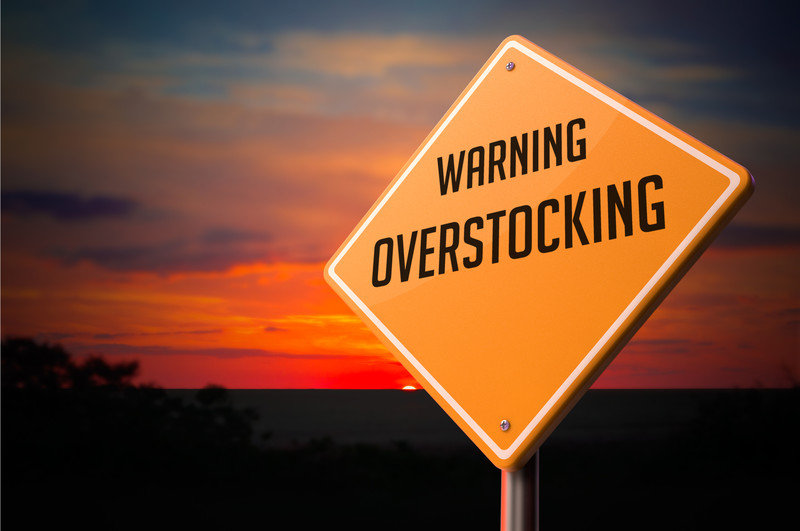Playing It {Too} Safe with Inventory?

Although no business likes carrying safety stock, experiencing a stockout simply isn’t worth the risk to customer satisfaction. Take an industry-informed look at how to achieve demand planning ‘greatness’ when it comes to optimizing your inventory levels and still meeting customer requirements.
“No one ever achieved greatness by playing it safe.”
This quote is attributed to Harry J. Gray,
an iconic business manager and philanthropist who, through acquisition, assembled one of America’s largest manufacturing corporations. During his career, he received numerous recognitions and honors and was inducted into the Junior Achievement National Business Hall of Fame. My guess is that Mr. Gray was an expert at risk assessment and containment.
The Realities of Risk and Uncertainty
Wikipedia defines risk as a consequence of action taken in spite of uncertainty. Given that uncertainty is a fact of life in business, demand planning risk management is not only unavoidable but essential. In the context of inventory management, the most common risk strategy against stock-outs is to purchase extra inventory as safety stock.
An Industry-Informed Perspective
The level of safety stock that should be maintained as buffer inventory depends on the volatility of both supply and demand. Items that are difficult to forecast require safety stock to ensure that service levels are met. Other uncertainties, such as weather and natural disasters, can cause lead time variances in the supply chain and these need to be considered as well.
That said, carrying too much safety stock is also a risk because of the extra drain it puts on capital. In the context of Mr. Gray’s quote, too much reliance on safety stock is not the path to greatness in inventory management. Greatness happens through the adoption of several risk mitigation strategies.
Strategies to Mitigate Risk through Demand Planning
- Since safety stock is not the most cost-effective risk mitigation strategy, it’s important to periodically review your safety thresholds. As conditions change, so should your safety thresholds. Have your system notify you when an item’s replenishment rules have not been examined for some time.
- Whenever possible, let your system manage safety thresholds based on safety days and forecasted usage. This is a great strategy for slight seasonal variations. Set a minimum safety quantity to protect against any unusual dip in demand.
- Adopt other strategies such as automated, time-phased replenishment planning. This approach is a must, especially for items with longer lead times, because it allows buyers to place orders in time to protect safety thresholds within an established order cycle.
Achieving Greatness in Inventory Management
Your finance people will perceive greatness based on the dollars invested in inventory. Zero dollars invested in inventory may be your CFO’s dream, but that is pure fantasy for most organizations. Yet, who can blame CFOs for their laser focus on cost reduction when one of the top reasons businesses fail is lack of capital?
So, how can your organization achieve greatness in inventory management, regardless of your industry? You (and your planners) need to find the right balance between desired service levels and money invested in inventory. Just don’t be tempted to play it “safe” and let high safety stock thresholds be your only strategy—stay informed to make use of diverse strategies and keep your safety stock thresholds in check.
Read More:
-
- Learn more about establishing a demand planning practice in your organization.
- What Is Warehouse Management?



